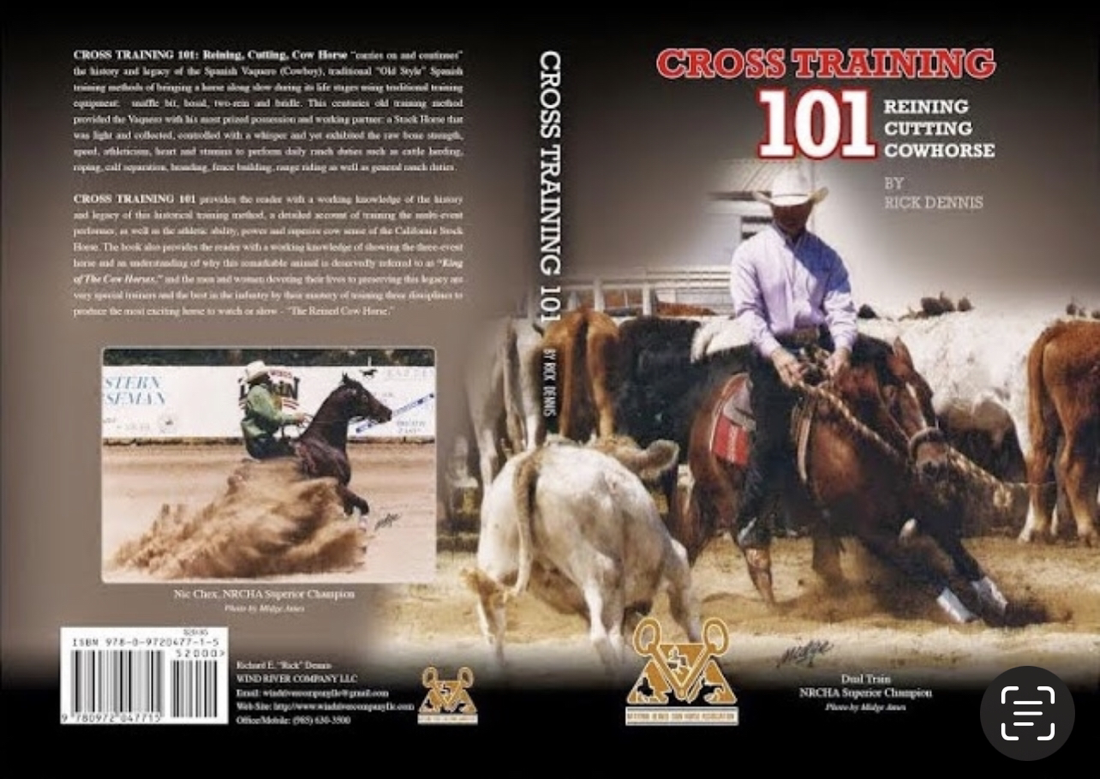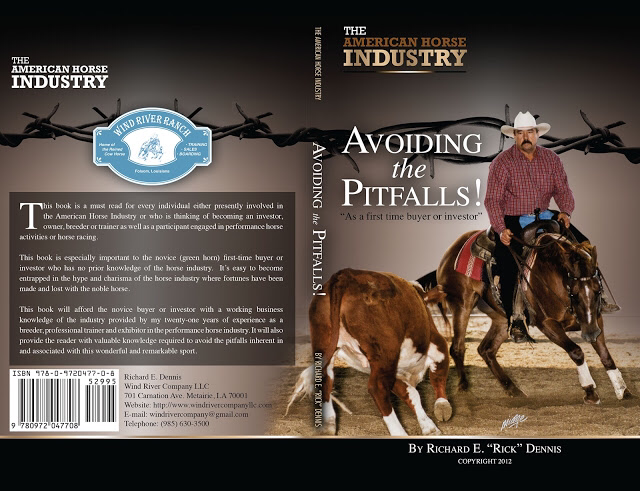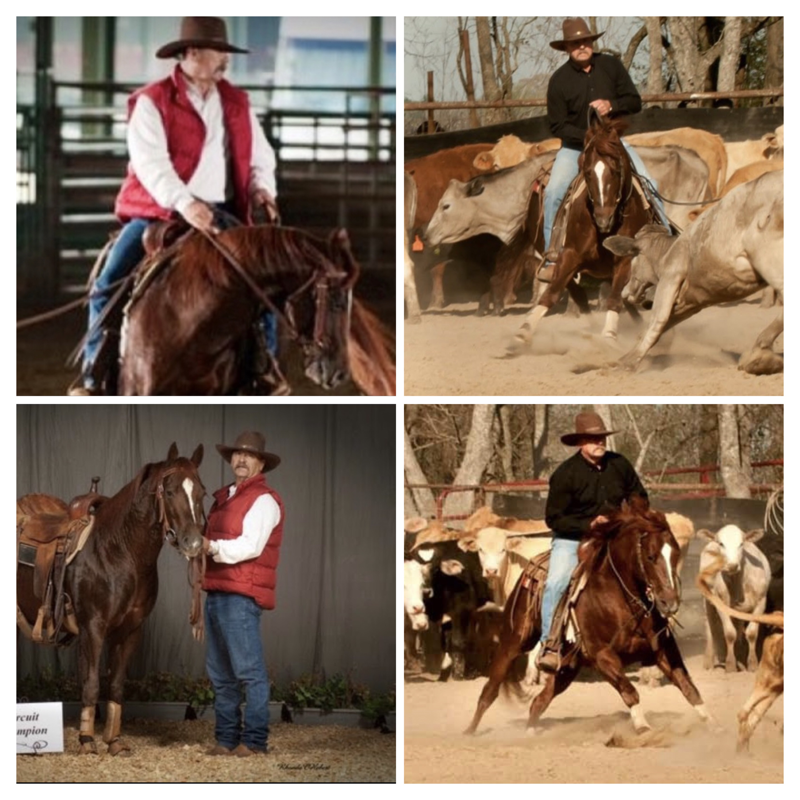|
SELF DEFENSE COMBAT SHOOTING
By Richard E. “Rick” Dennis CPP Veteran - US Army – Vietnam War Veteran - Drug Enforcement Agent Veteran - Law Enforcement Professional Freelance Journalist and Author June 11, 2022 Copy Right 2022 – All Rights Reserved HANDGUN COMBAT SHOOTING STANCE A proper handgun combat shooting stance entails three aspects. 1) A correct body posture, 2) a proper handgun grip, and 3) a proper fitting handgun and calibre the shooter can manage with precision. All three are essential to winning a gun fight. A proper shooting stance and proper handgun grip is second to selecting a proper firearm and calibre that fits the shooter. Each individual has his or her own shooting stance, selected firearm type, and calibre. The rule of thumb, so-to-speak, is to purchase a firearm that fits your hand correctly, a calibre that’s sufficient for self-defense applications, and the shooter shoots proficiently and isn’t intimidated by the recoil and muzzle blast. MY COMBAT SHOOTING STANCE: I take a correct two hand hold on the firearm, position the firearm, in the middle of my body, chest high, elbows bent up, and the barrel pointing up, down range, and away from my body, and bystanders. I position my body leaning slightly forward, balanced and relaxed, i.e., legs spread a should with apart, and my knees slightly bent into a half squat. This half squat posture presents a small target for an attacker. With my body bent forward, it absorbs the firearms recoil and prepares me for rapid shots. In preparing the firearm for firing, I extend my arms either fully forward, elbows locked or with my elbows slightly bent. This position allows me to be balanced, steady, and relaxed. It also allows me to pivot right or left, forward, or back as necessary to avoid an aggressors fired projectiles, or to engage another aggressor. Furthermore, this position allows me to pivot and engage multiple shooters at once, and from any angle. The number one rule of a gun fight is: Shoot straight, stay mentally alert, and alive. As the old adage, “When you lose your head, you lose the best part of your body!” Therefore, during live fire exercises, practicing moving and shooting should be a regular regimen that’s practiced often. For the record, it’s much harder to hit a moving target, rather than a stationary one. Move and shoot combat shooting tactics also allows the gun owner to practice hand-to-eye coordinated shooting, instead of simply relying on closing one eye and trying to line up the sights of a handgun before firing, which you won’t have time to do in an actual gun fight. Gun fights are stressful times. During a stressful situation, the body is pumping adrenaline, the heart beat and breathing are racing faster and faster. The brain is concentrating on whether to shoot or not to shoot. At close range, i.e., 7 – 15 yards, using “one-eye-sight-alignment shooting” isn’t necessary anyway and, more often than not, will get you injured (shot) or killed by the attacker, by wasting time and allowing the attacker to fire first. As with the shooting stance, each handgun has a proper grip style for effective shooting. PROPER HANDGUN GRIPS Revolvers and semi-auto pistols each require a different hand grip for combat shooting. Example: The revolver requires a two hand stance often referred to as the cup and saucer. This type of shooting grip is advantageous for two reasons. 1) the two handed cup and saucer grip steadies the firearm for accuracy and minimizes recoil and muzzle jump. Quite simply, grip the firearm with one hand, place the gripped revolver in the center of the palm of the offhand and wrap the offhand fingers and thumb tightly around the hand gripping the handgun. Essentially, this is one hand holding the revolver sitting on top of the offhand. Extend your arms, lock your elbows, and begin firing. Some people like to break their elbows, which is a personal choice. A semi-auto pistol requires an entirely different hand grip. Example: Grip the pistol with one hand making sure your hand is high up on the beaver tail. Take the offhand with the fingers and thumb touching and extended and lay it flat with the palm facing the pistol. Now lay it against the frame of the pistol with the heel of the hand against the butt of the pistol. Place the heel area, of the off hand on the side of the pistols butt directly beneath the thumb of the grip hand. Open the grip hand thumb in order for the off hand heel to fill in this void. Now point your offhand fingers slightly down in order to grip and cover the grip hand fingers. Finally, lay the grip hand thumb on top of the off hand. When the hands are gripping the pistol correctly it forms a vice so, upon firing, the slide of the pistol blows straight back with minimal muzzle rise. At this point your offhand thumb should be gripping the pistol and pointing straight down the side of the firearms frame towards the muzzle. Your offhand thumb can also be used as a reference point to point the pistol at the target, during instinctive shooting practice. At first, this handgun grip style may seem awkward, but in time and with enough practice the consistent shooter will be able to master this shooting technique. MOVING AND SHOOTING COMBAT TRAINING EXERCISES When practicing combat shooting exercises, the gun owner should always shoot a handgun with both eyes open allowing the master eye to guide you to the intended target. In combat shooting training, a rule of thumb I use is: Bring the firearm to eye level while in the proper combat shooting stance and using the proper hand hold. I concentrate shooting over the very top of the rear sights which allows my eyes to visualize the position of my sights and weapon while concentrating on the center mass of the target. Actually, this training offers the highest probability of multiple hits on target to immobilize an assailant while offering the highest probability of survival. A rule of thumb for live fire is: You point a pistol and a shotgun with both eyes open and you aim a rifle with one eye closed. With enough practice, the shooter should be able to perform move and shoot exercises instinctively. One exercise you should practice is: Acquire the correct firearm grip and shooting stance. Raise the firearm to eye level, and as soon as you acquire the target, fire the weapon. Do this without hesitation. With enough practice, you’ll learn to look through your sights and concentrate on the target. Remember, once you raise the firearm and look through your sights you’ll visualize whether or not you sights are even across the top. A good thing to remember is to practice at multiple distances while using multiple targets, if that option is available.Lastly, remember combat shooting is not standard target shooting where your standing straight up sideways facing the target. Combat shooting is fast and theres no second place winners!! DEVELOPING SHOOTING SKILLS WITH ONE FIREARM AND CALIBRE In the Army and in Law Enforcement I’ve heard the same repeated over and over, e.g., “The most dangerous person in the world is the one gun owner, shooting one specific calibre, and knows how to use both of them intimately!” “Until Next Time, Keep Em Between The Bridle!”
0 Comments
Leave a Reply. |
Richard E. "Rick" DennisFreelance Writer and Author Archives
March 2024
Categories |




 RSS Feed
RSS Feed